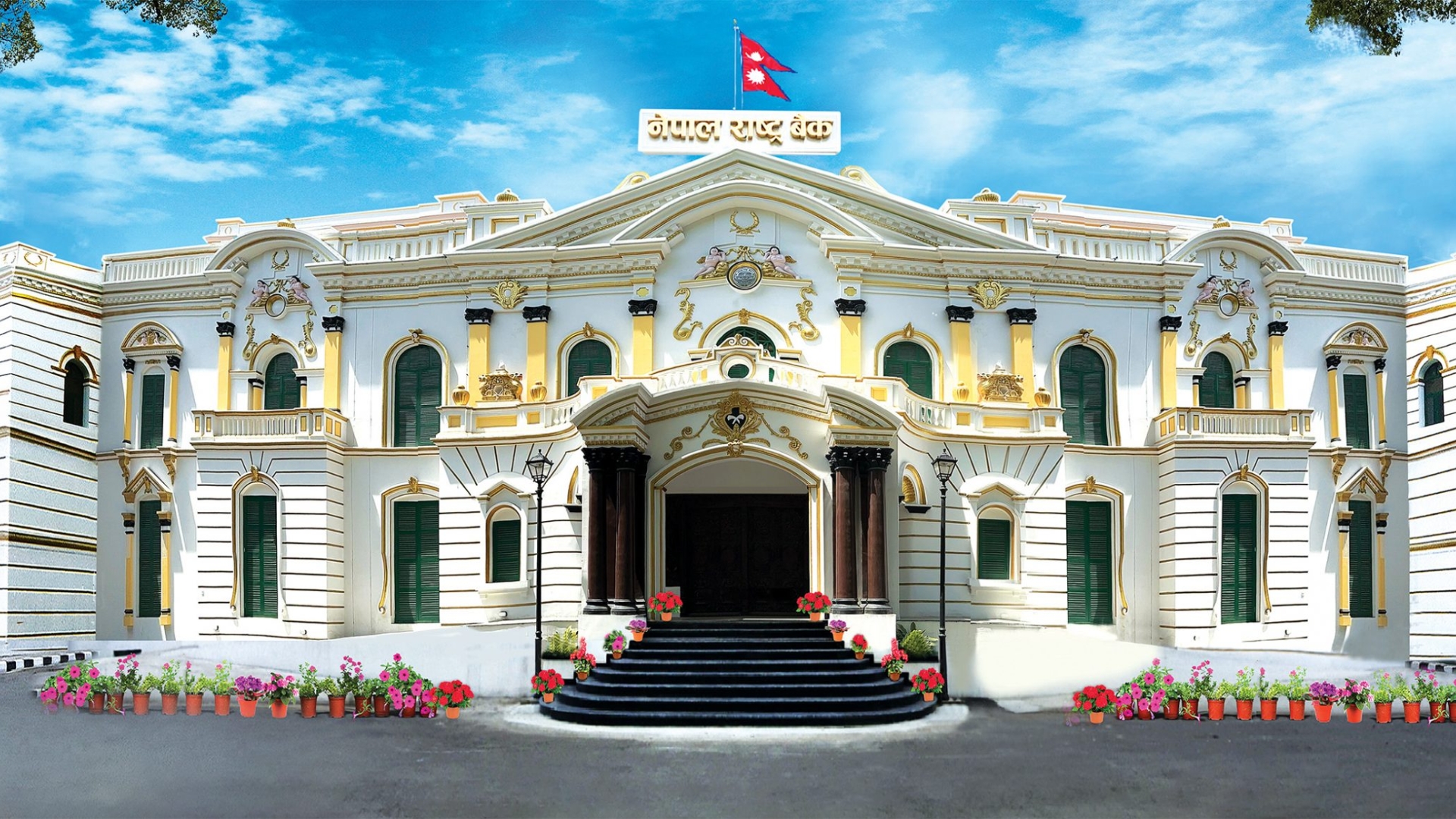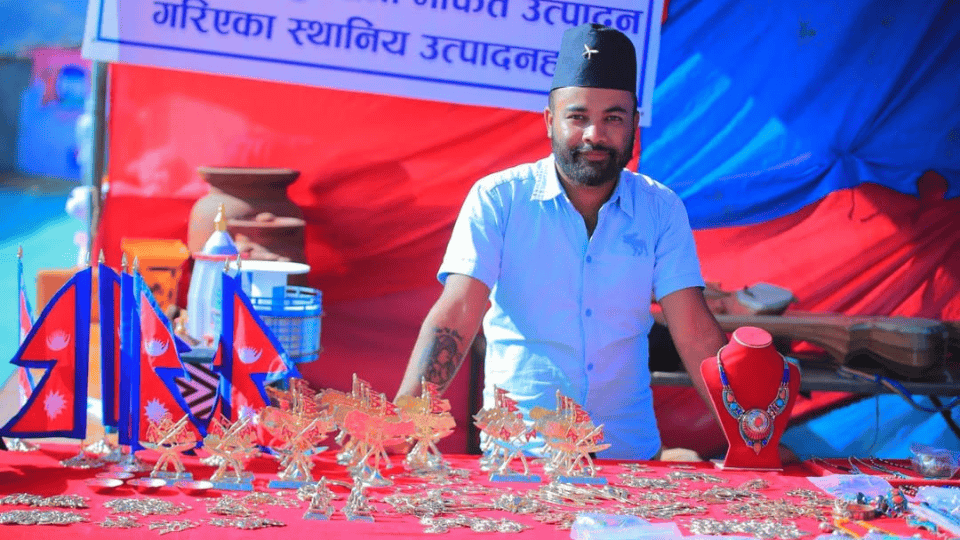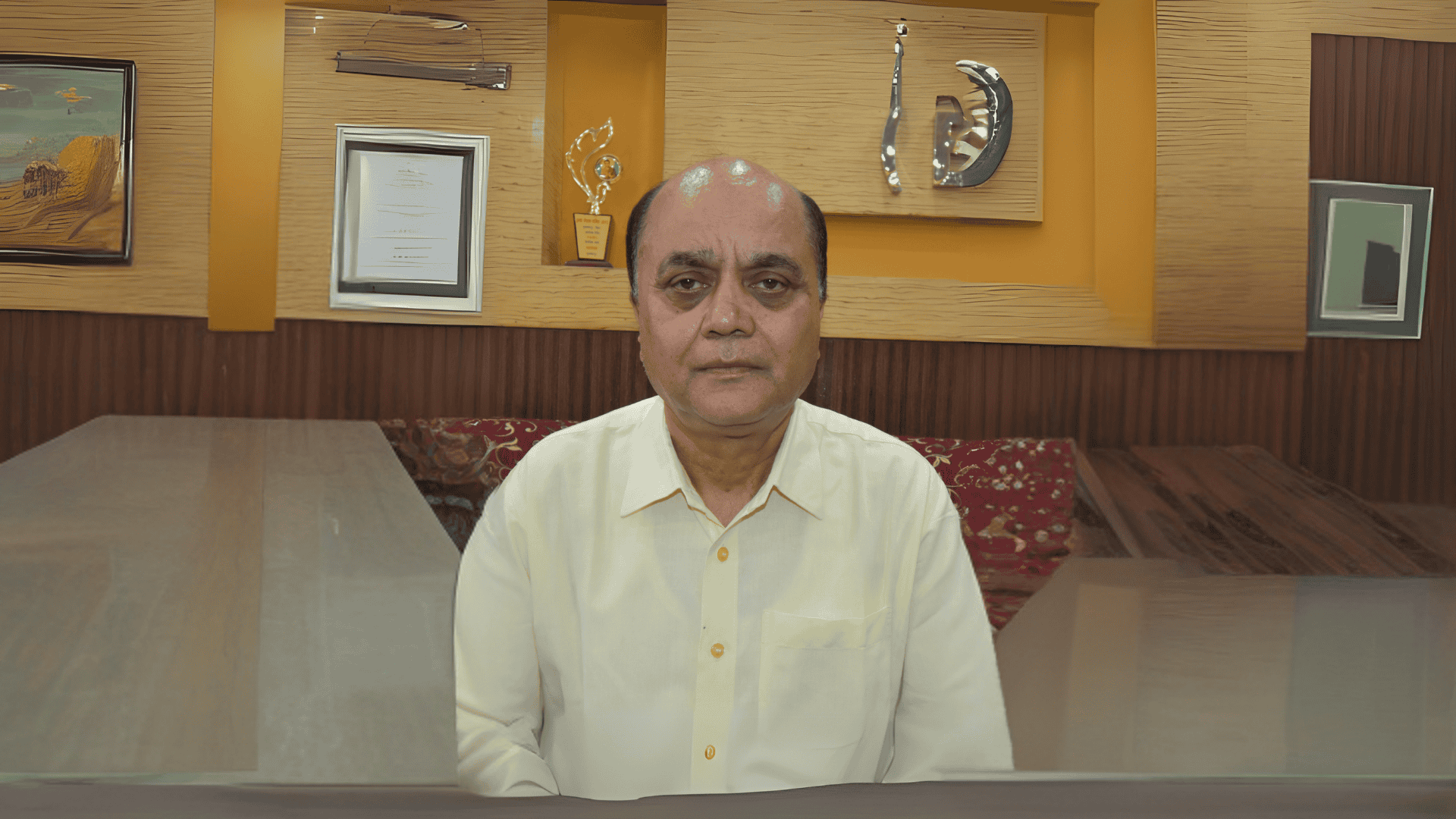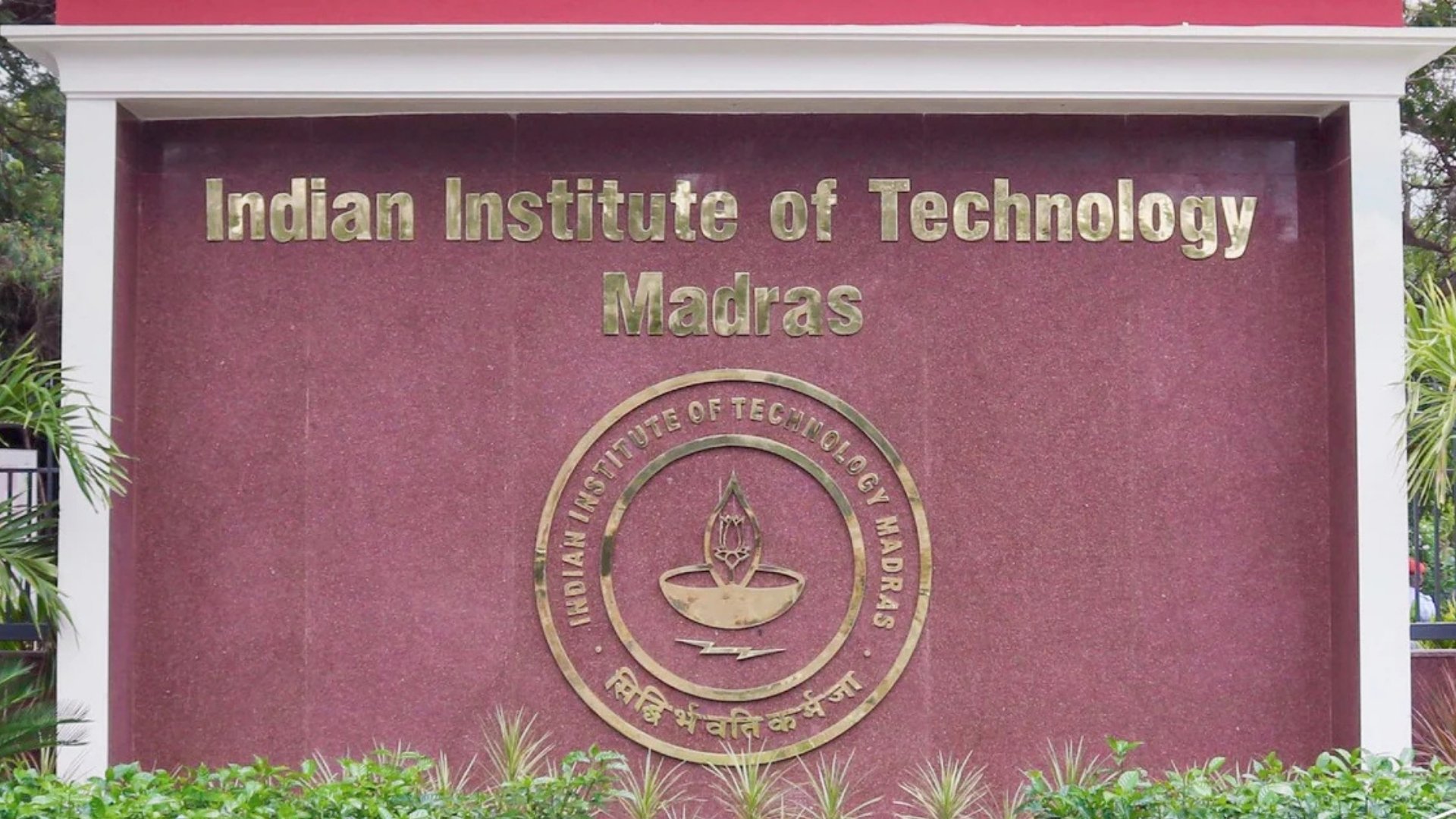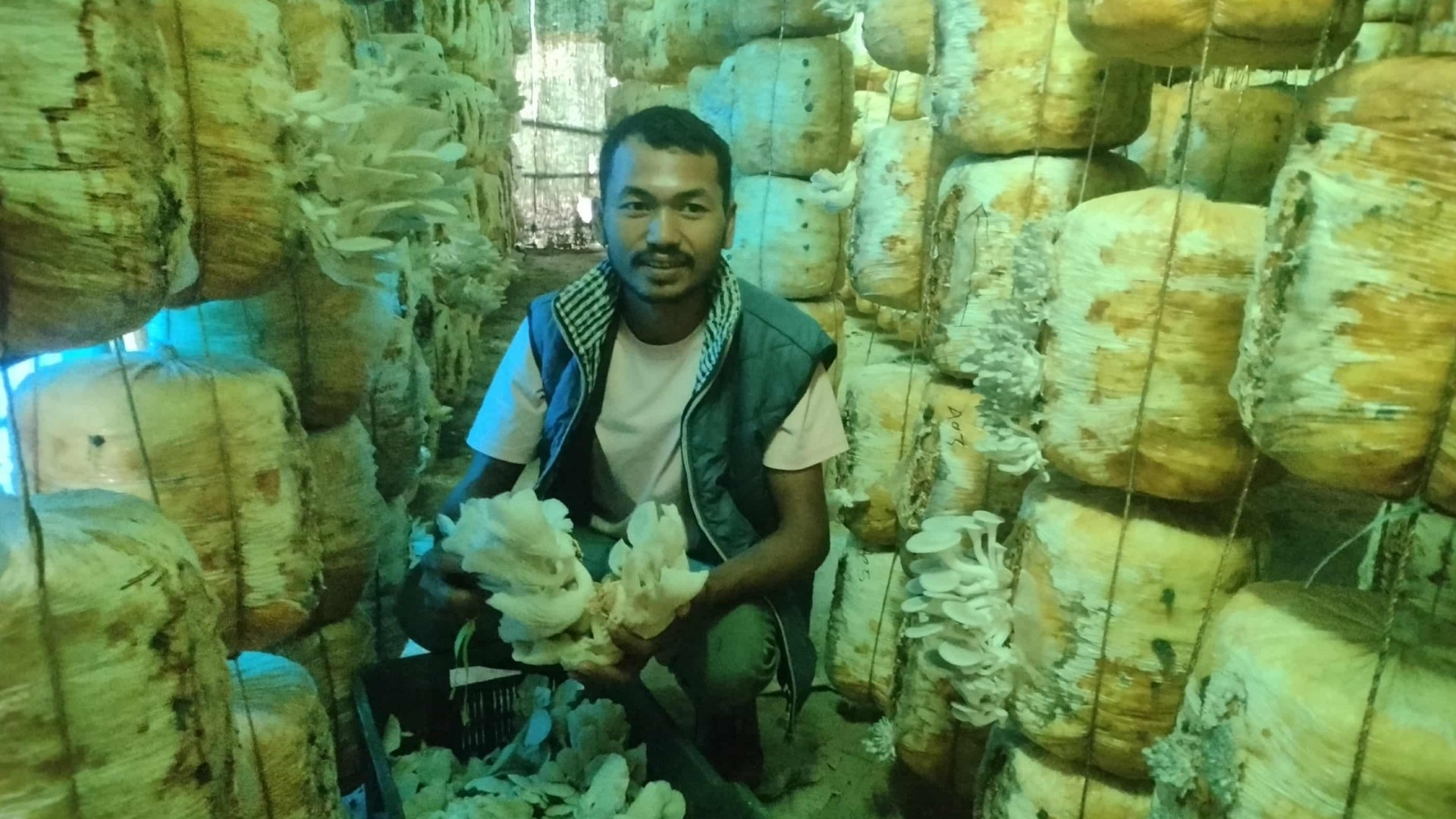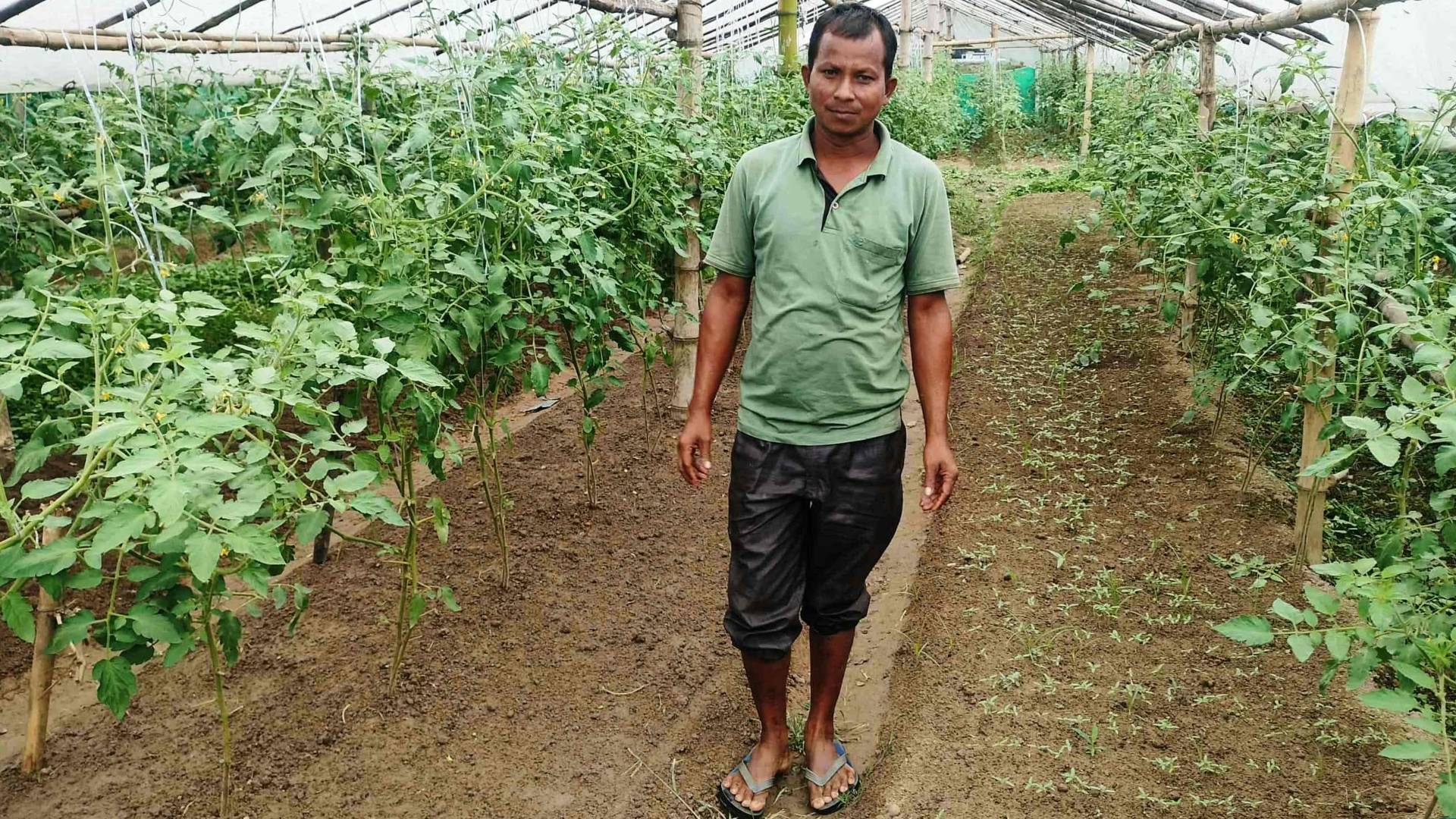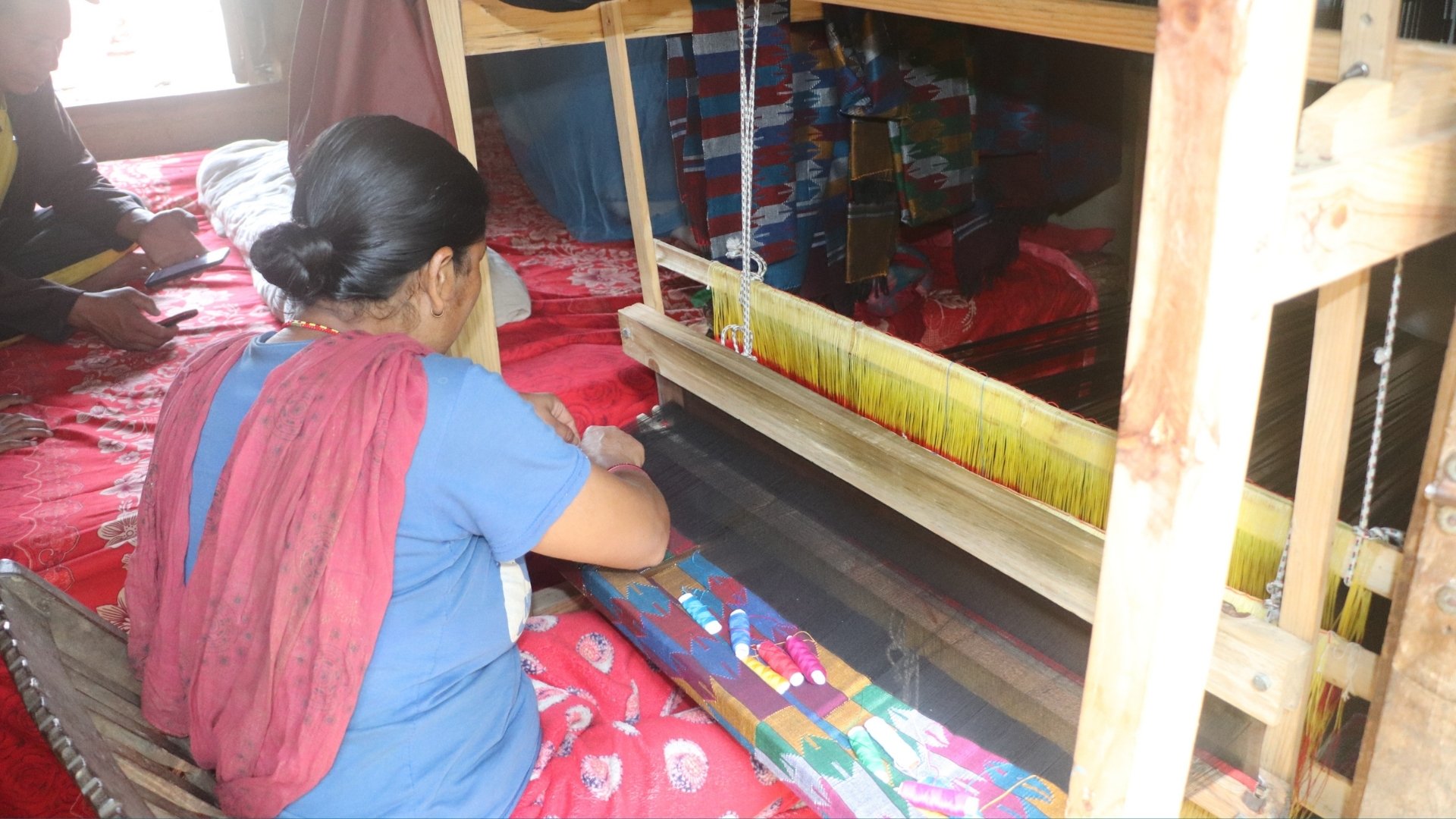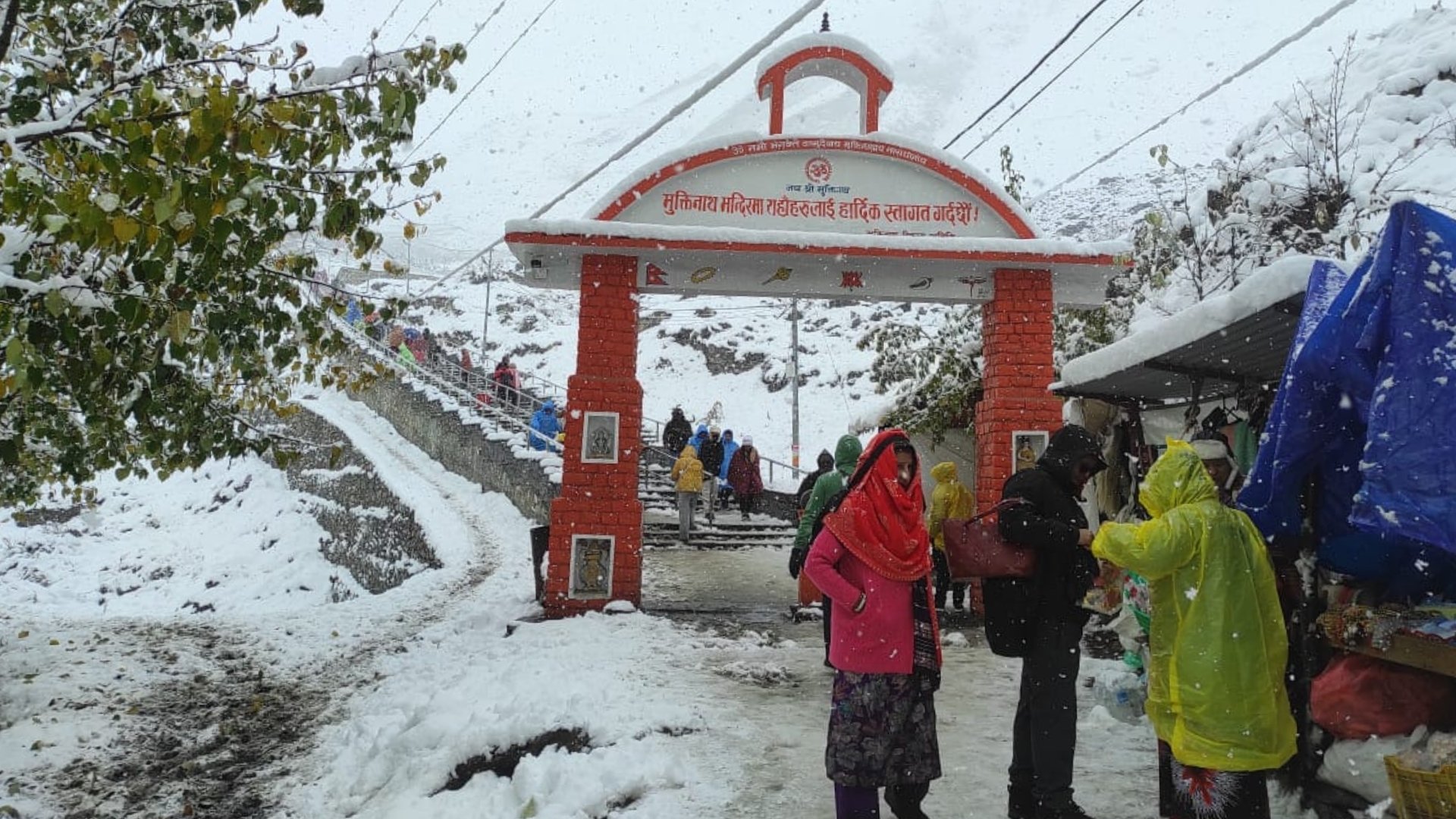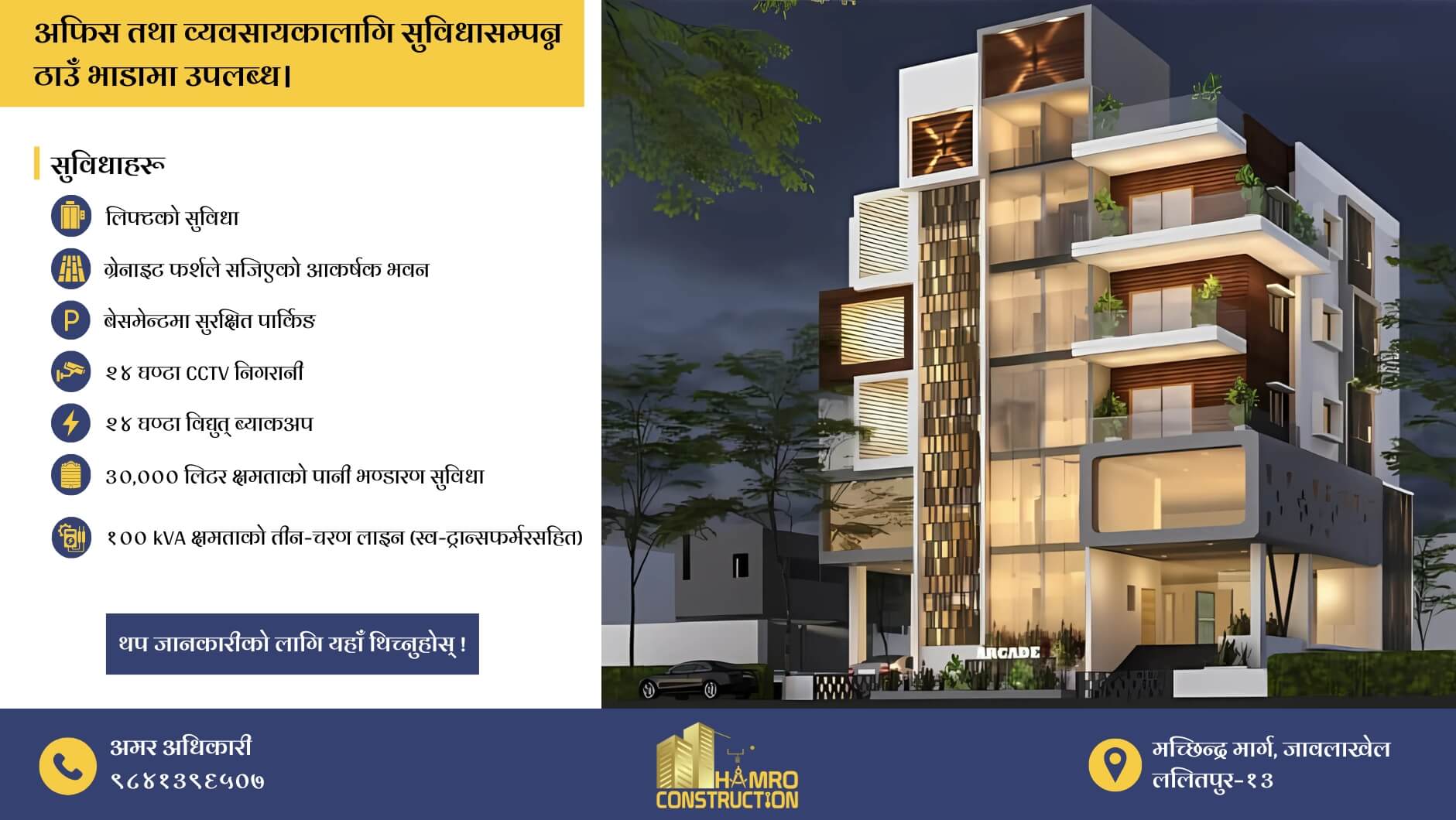Priority Sector Lending refers to the allocation of a certain percentage of the banks and financial institutions (BFIs) total lending portfolio to specific sectors deemed crucial for economic development.
These sectors include agriculture, micro, cottage, small and medium enterprises (MCSMEs), tourism and energy sector. The country’s central bank Nepal Rastra Bank (NRB) has mandated different incremental targets for the banks and financial institutions (BFIs) to provide loans in these sectors until 2027.
Each ‘A’ class commercial bank is mandated to lend 12% of their total loans to the agriculture sector by mid-2025. Such targets are 7% in energy and 12% in MCSMEs.
The commercial banks are supposed to increase their lending allocations on a yearly basis [as shown in the table below:
|
Sector |
Target (By mid-2025) | Progress (By mid-June 2024) | Target (By mid-2026) |
Target (By mid-2027) |
|
Agriculture |
12% | 13.15% | 13% |
15% |
|
Energy |
7% | 7.9% | 8% |
10% |
|
MCSMEs |
12% | 9.2% | 13% |
15% |
| Deprived |
5% |
5.79% |
– |
– |
As of mid-June 2024, the commercial banks have lent 13.2% (NRs 582.49 billion) in the agriculture sector, 7.9% (NRs 582.49 billion) in the energy sector and 9.2% (NRs 582.49 billion) in the MCSMEs and
‘B’ class development banks and ‘C’ class financial institutions are also assigned such targets, but these targets aren’t broken down by sector; instead they are grouped together.
Development banks are supposed to lend 17% of their lending to agriculture, tourism, energy and MCSMEs by mid 2025; 18% by mid-2026 and 20% by mid-2027.
Likewise, finance companies must allocate 12% of their loans to these sectors by mid-2025; 13% by mid-2026, and 15% by mid-2027.
As of now, development banks have extended 26% (Rs. 125.83 billion) of their loans to these sectors which include agriculture, MSMEs, energy, and tourism, while finance companies have extended 21.6% (Rs. 19.38 billion). For the deprived sector, development banks 8.16% (Rs. 40.31 billion), and finance companies 6.7% (Rs. 6.58 billion).
While providing loans to MCSMEs, BFIs must prioritize the industries based on indigenous raw materials, mandates the central bank.
‘A’ class commercial banks are also assigned a target of 5% in the deprived sector where they have allocated 5.79% (NRs 582.49 billion) by mid-June 2024.
Deprived sector refers to economically disadvantaged groups or areas that require financial inclusion. For example: small farmers, low income entrepreneurs, landless families and labourers.
Additionally, this year’s monetary policy states that it will review the credit limit of NRs. 10 million set for micro, cottage, small and medium enterprises. Meanwhile the NRB has also assured of making arrangements for collateral-free loans to individuals with foreign employment permits, based on the assurance of sending remittances to the bank accounts. The provision was mentioned in this year’s fiscal budget.


